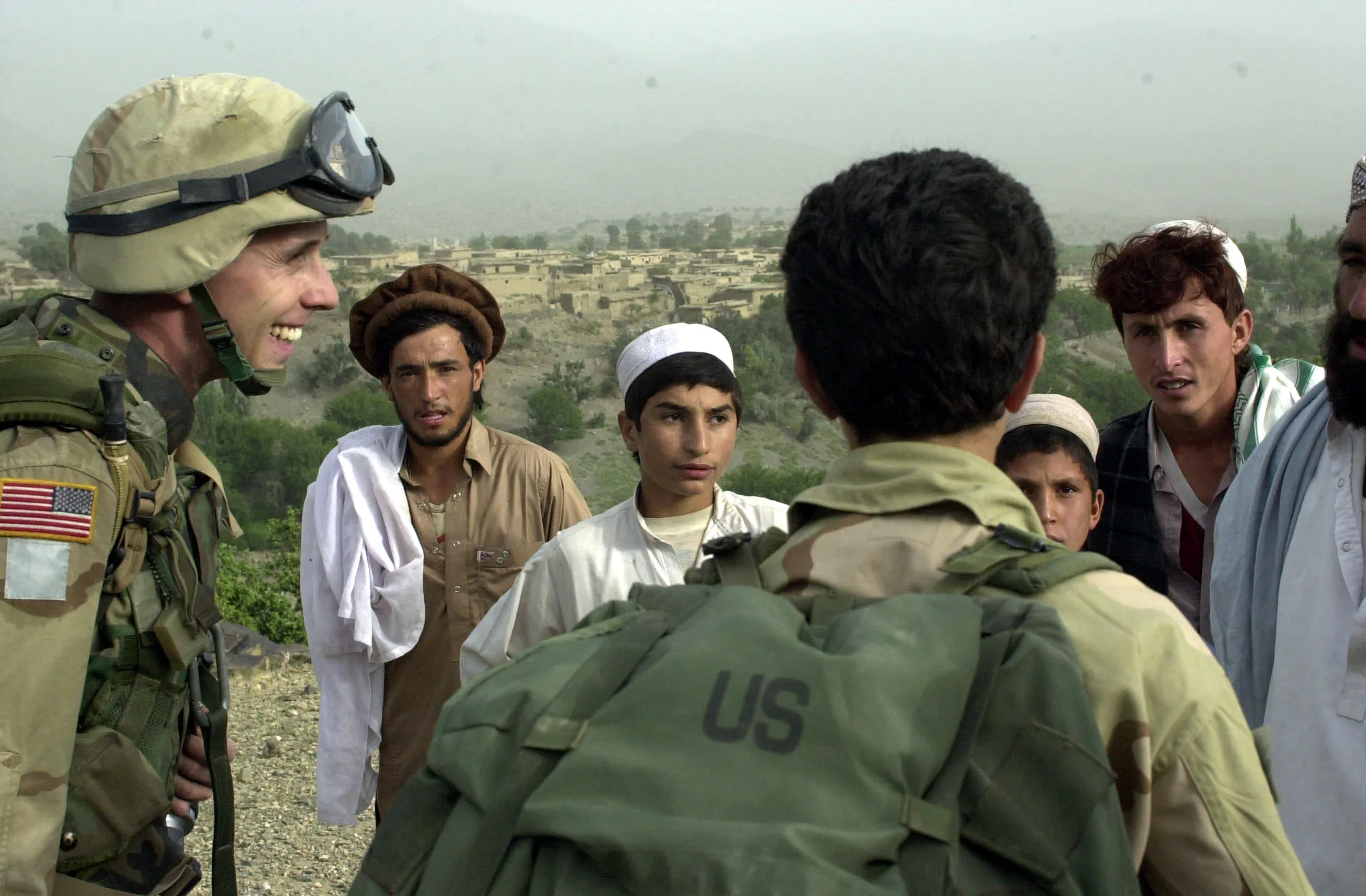In recent years, the US has taken notable steps to reduce civilian harm from its military operations. The Department of Defense has introduced expansive policy frameworks that set clear policies for all aspects of CHMR, including tracking and investigation of, and responding to harm. It has further allocated considerable financial and human resources to CHMR activities. Challenges remain in ensuring that these policies are applied consistently and despite having a dedicated budget for ex gratia payments, few such payments have been made in recent years. Further, the US can improve its transparency on civilian harm. Current reporting on civilian harm often lacks key details, for instance on methods of investigation and on responses to reported harm, limiting a clear external understanding of how the DoD assesses and addresses civilian harm. The US has made substantial progress in creating policies and structures aimed at protecting civilians, but needs to ensure adequate implementation. There is further the question how current policy and practice may be affected by a change in government as of January 2025.

